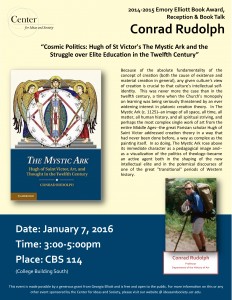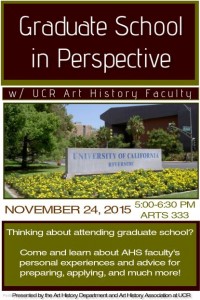A Case of Mist aken Identity Solved
aken Identity Solved
UC Riverside art history professor corrects Getty Museum on misidentified Renaissance sculpture
She felt like a detective. Digging through notes and photos, asking for curatorial files, and doing research on child martyrs. She did all of this because as she gazed at the marble bust of a little boy at the J. Paul Getty Museum in Los Angeles something just didn’t fit for Jeanette Kohl, chair of the art history department at the University of California, Riverside.
Turns out, Kohl’s instincts were correct, and the 15th century bust titled “Saint Cyricus” does not depict the child martyr, but rather a different child, Simon of Trent, who disappeared on Easter of 1475 and was soon found dead. Given Kohl’s thorough research, the Getty plans to change the label and identification of the important sculpture by the end of 2016.

 On Romans, Batavians and Giants. The Quest for the True Origins of Architecture in the Dutch Republic
On Romans, Batavians and Giants. The Quest for the True Origins of Architecture in the Dutch Republic Material Experience: Thinking With Objects
Material Experience: Thinking With Objects Conrad Rudolph
Conrad Rudolph Are you planning to attend graduate school or want to learn more about it?
Are you planning to attend graduate school or want to learn more about it?